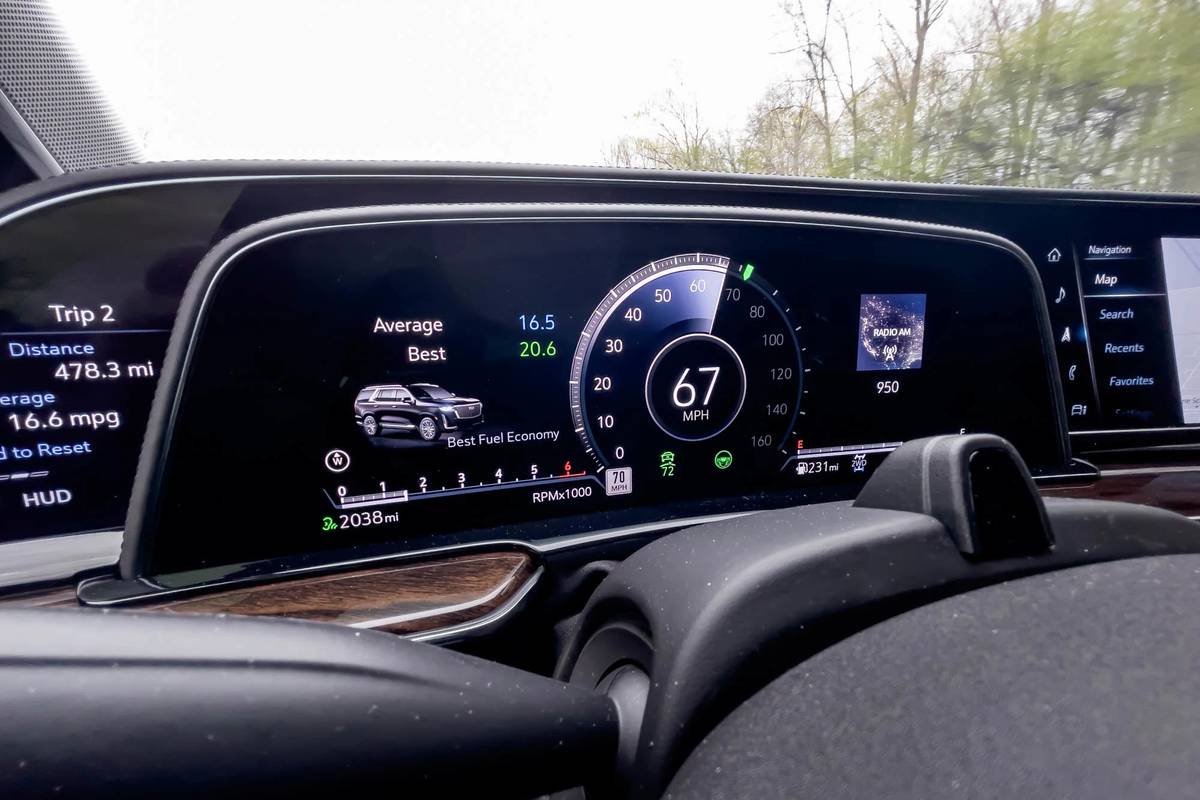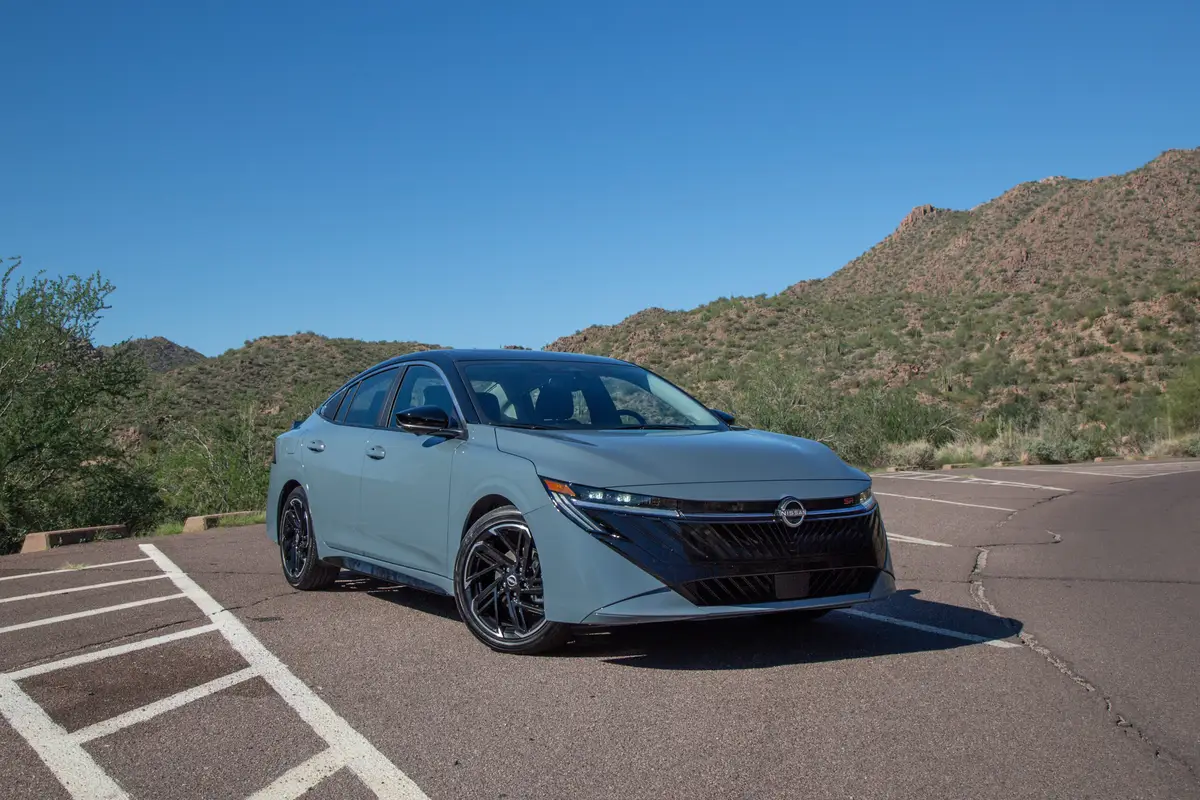Coasting on Fumes: How Much Gas Is Really Left in Your Tank?


You’re on a road trip anxious to get to the next destination when you notice your gas tank is empty. Perhaps the low-fuel light sparked your attention, or you noticed the meter inching dangerously low. It’s the moment of truth: Do you take the safe route and detour off the highway to fill up? Or do you flirt with danger and power through to the exit? A vehicle’s miles-to-empty display is intended to give drivers a better idea of how long they can stretch the remaining fuel, but a new study from AAA shows most drivers could be overrelying on this feature.
Related: How to Save Gas While Driving
A customer survey conducted by AAA found that 74% of drivers use the miles-to-empty display to determine when to fill up. This can be risky behavior, according to the organization. Partnering with the Automotive Research Center of the Automobile Club of Southern California, AAA measured the accuracy of the in-dash fuel economy estimation and the miles-to-empty display through several lab-simulated driving scenarios.
Results: Fuel Estimates Aren’t Perfect
The results showed a relatively small margin of error overall (2.3%, or 0.7 mpg on average) for the fuel economy display compared to the results measured in the experiment. However, there was also a wide range of results across the test vehicles and driving conditions. Accuracy ranged from an overestimate of 6.4% (2.2 mpg) to an underestimate of 2.8% (0.9 mpg) for the cumulative mpg.

Testing Methodology
The test vehicles included model-year 2018-20 cars from a variety of manufacturers with at least 4,000 miles on the odometer. Each vehicle was tested in low- and high-speed city driving, freeway driving with minimal rush hour traffic and with cruise control operating at varying speeds. The distance traveled ranged from just 3 miles up to 19 miles, and each test car repeated the seven drive cycles four times.
Fuel Estimates Adjust to Driving Behavior
The most accurate vehicle tested had an error of 0.1 mpg under estimate for the complete series of cycles and individual cycles varying by 0.5 mpg, while the least accurate vehicle had an error of 2.2 mpg over estimate and individual cycles varying by 3.8 mpg. The tests show that a vehicle’s fuel estimates are adjusted over time as the vehicle’s algorithm picks up on driving patterns like speed and acceleration. AAA also found that the estimates may become less accurate when switching between city and highway driving, and the fuel estimate error varied significantly over short distances even when it was accurate for longer distances.
More From Cars.com:
- What Are the Most Fuel-Efficient Cars?
- 2021 Best Eco-Friendly Car of the Year
- Electric Cars With the Longest Range
- So You Want to Buy a Hybrid Car: 6 Things to Know
- More Fuel Efficiency News
Can the Miles-to-Empty Display Be Trusted?
AAA’s test showed that a car’s estimated range accuracy improved over the series of test cycles based on driving conditions. However, the high variation in the results is a good reason not to rely solely on the miles-to-empty display number when driving.
It’s especially important to be aware of the fuel estimation discrepancy on shorter drives and when switching from your normal driving behavior. For example, if your daily commute involves mainly highway driving, your vehicle could overestimate your range when you’re driving in city traffic until it picks up on the new pattern. Instead of leaning on the (potentially overestimated) miles-to-empty display, AAA recommends not letting your gas tank fall below a quarter full.
Improving Fuel Economy
While some vehicles are more fuel-efficient than others, and most driving conditions are outside of your control, there are some steps you can take to maximize fuel economy, especially if you’re running low on fuel. Start by slowing down, killing the air conditioning and avoiding “jackrabbit” starts (hard acceleration) and braking.
Related Video:
Cars.com’s Editorial department is your source for automotive news and reviews. In line with Cars.com’s long-standing ethics policy, editors and reviewers don’t accept gifts or free trips from automakers. The Editorial department is independent of Cars.com’s advertising, sales and sponsored content departments.

Former News Editor Jane Ulitskaya joined the Cars.com team in 2021, and her areas of focus included researching and reporting on vehicle pricing, inventory and auto finance trends.
Featured stories




2026 Nissan Sentra Review: Long Live the Sedan

